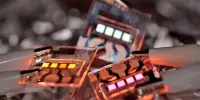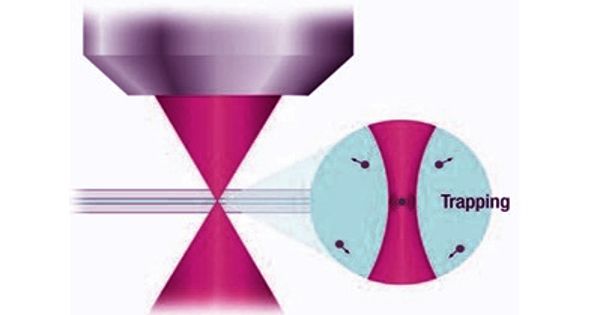Electrical resonance occurs in an electric circuit at a specific resonant frequency when the impedances or admittances of circuit elements cancel out. It refers to the phenomena that occur when an electric circuit, typically consisting of inductors, capacitors, and resistors, is driven at a frequency such that the reactive components (inductive and capacitive) cancel each other out, resulting in a very resonant state.
This occurs in some circuits when the impedance between the input and output is nearly zero and the transfer function is close to one. This state is distinguished by a dramatic rise in current or voltage amplitude at a certain frequency, known as the resonant frequency. Ringing occurs in resonant circuits, and they can create larger voltages or currents than what is supplied to them. They are commonly utilized for both transmission and reception of wireless (radio) signals.
In a straightforward parallel LC (inductor-capacitor) circuit, resonance occurs when the capacitive and inductive reactances cancel out, leaving just the resistive component. This increases the flow of current through the circuit.
Resonance has several practical applications in electrical engineering and electronics, including:
- Radio Frequency (RF) Circuits: Resonance is utilized in designing RF circuits such as antennas and tuned amplifiers to maximize signal reception or transmission at specific frequencies.
- Filters: Resonant circuits are employed in filter designs to selectively pass certain frequencies while attenuating others. For example, bandpass and band-stop filters make use of resonance to achieve their frequency-selective characteristics.
- Oscillators: Oscillators generate periodic waveforms, and resonance is often exploited in oscillator circuits to stabilize and control the frequency of oscillation.
- Power Transmission: In power systems, resonance can have both positive and negative effects. Resonance can improve power transmission efficiency in some instances, but it can also create unwanted voltage amplification and potentially harm equipment if not properly managed.
Understanding and regulating resonance is essential in many areas of electrical engineering in order to build efficient circuits and systems while avoiding undesirable consequences. Engineers use techniques like impedance matching, dampening, and frequency control to manipulate resonance for the desired results.
















